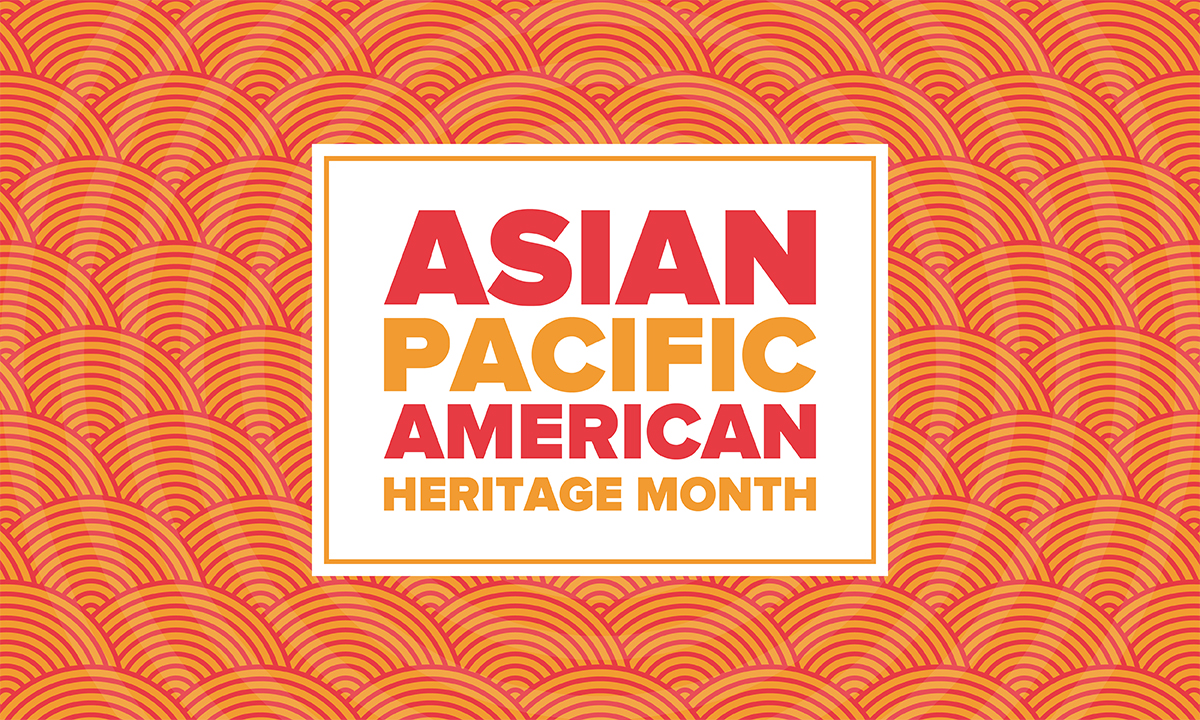Sylvia Leong, Cupertino Union School District trustee and CSBA Director-at-Large, Asian Pacific Islander, is one of many leaders in education working to build confidence among Asian American and Pacific Islander (AAPI) students in California to become leaders themselves.
“There are so many things that go into good leadership, like being collaborative, having courage, being able to try new things and not have a fear of failure, and trying to problem solve and think critically,” Leong said, noting that this issue of developing a generation of leaders isn’t unique to the AAPI community. “Any minority group or any historically oppressed group is going to want to develop those leadership skills because there’s been a lack of leadership models in the public square, and when you don’t have those kinds of leaders to look up to, then it’s hard to imagine it for yourself as a young person.”
AAPI Heritage Month, which takes place in May each year, provides local educational agencies time to assess their resources for AAPI youth while celebrating the various cultures and histories of this especially diverse student group.
Understanding where these students are coming from when they leave home each morning is critical to providing appropriate supports, Leong said. The AAPI community “is not a monolith — it’s a diverse and wide breadth of backgrounds and experiences, and even their story of coming to the United States is going to vary from refugees coming from war-torn areas to those who are part of elite educated groups,” she continued. “It’s really hard to encapsulate the entire community because each one is going to be coming from very different circumstances depending on the generation that they came in, as well as the country that they came from.”
For instance, the model minority myth about Asian Americans and their perceived collective success can be particularly harmful to those whose experiences aren’t captured by the stereotype of a straight A-earning Asian American student. Many young people are living in multi-generational households, taking on adult responsibilities and possibly even dealing with the byproduct of their parents’ trauma, Leong explained.
“Giving students a chance to celebrate and share their culture with others is really a great way to build self-esteem and self-confidence rather than that feeling of shame that comes when their family does something differently,” she said. “I think it’s especially important for schools to expose students to Asian American voices, and that may come from literature, history or cultural events and holidays.”
Just as students in her K-8 district learned about Irish culture for St. Patrick’s Day, Leong said incorporating lessons on Lunar New Year could go a long way as LEAs look for ways to engage young people.
Including the varied experiences of the AAPI community in literature and history is also critical, she said. Delving further into the early waves of immigration, the building of the California railroad, Japanese incarceration during World War 2, Filipino Americans starting the labor movement, and more are rarely if ever shared in textbooks, she noted. “It’s also interesting because when we learn about immigration, we always talk about Ellis Island when Angel Island is right here on the California coast, and that’s where so many of these immigrants came in,” Leong continued.
“I also can’t overstate the importance of is incorporating Asian American literature into your schools,” she said. “Literature has been described as being a mirror for your own life and a window into others’ lives. To have stories available for students where they’re seeing themselves as the protagonist, where those characters are experiencing things that they can relate to, where they can see themselves, it suddenly allows them to dream of something bigger.”
In Cupertino Union SD, school meals have become a catapult to exposing students to one another’s cultures. The district recently revamped its menu and brought in a chef consultant who started incorporating ethnic cuisines into the weekly menus that reflect the diversity of the student body.
Kid-tested and approved, school meals now include options such as spicy kimchi tofu soup, chana masala with naan bread or chicken katsu curry. “You have a menu that reflects what the kids are eating at home, which helps students build that pride in their cultures,” Leong said.
Reflecting on her own experience as just one of a handful of Asian students in her Southern California school in the ‘80s, she recalls having the “smelly lunchbox experience” of bringing something to school that was different than what everybody else was eating. “I would bring my mom’s homemade dumplings that I loved, but then I would be made to feel bad about it, or embarrassed by it by some other child who’s like, ‘Ew, what is that? I’ve never seen that before,’ or ‘what is that smell?’ And having that experience and suddenly being made to feel shame in the thing that you love eating and the thing that your parent cooked for you can really be traumatizing.
“I’m so proud of our district for doing this, for taking the time to talk to the students and the staff, and to really incorporate some of these favorite dishes from different Asian cuisines and Spanish or Mexican dishes as well,” she continued. “I think that the dignity that offers is so impactful.”





